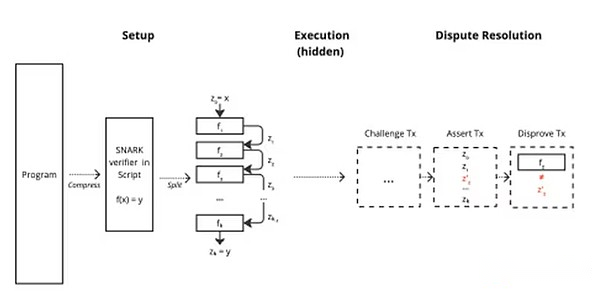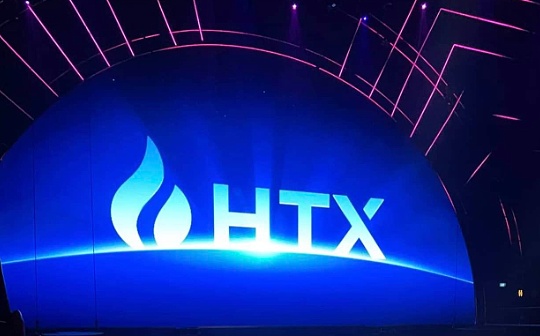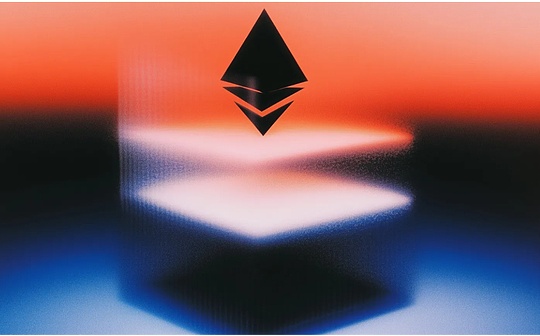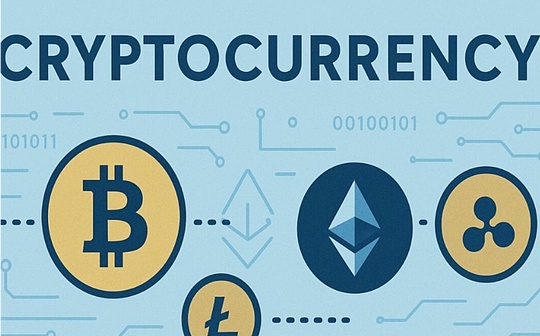
Author: Bradley Keoun, CoinDesk; Compilation: Baishui, Bitchain Vision
summary
-
The new “BitVM2” paper written by Robin Linus and the team of co-authors marks a step forward from initial design.
-
The project will rely on advanced encryption technology and novel design to facilitate the security “bridge” of transferring Bitcoin from the primary network to the secondary network (called “Rollup”).
-
Unlike earlier versions, BitVM2 is “licensing-free” and allows anyone to question suspicious transactions, not just a set of fixed operators.
Bitcoin developer Robin Linus used a theoretical approach to make the oldest and most primitive blockchain more programmable last year, shocked the field of encryption technology.He launched a second version of “BitVM2”, claiming that it has major improvements that may bring the concept closer to actual implementation.
According to a white paper released by Linus and five co-authors on Thursday,The basic setup includes using encryption technology to compress the program into a subroutine that can then be executed in a Bitcoin transaction.
Then, the program is “verified” in three on-chain transactions, essentially ensuring that no one tries to cheat or steal.According to Alexei Zamyatin, one of the co-founders, in previous versions, verification could require 70 transactions, and Zamyatin is also an abbreviation called BOB (Build on Bitcoin).) project work.
A key improvement to the new version is that anyone can question suspicious transactions, a feature called “a challenge without permission.”In the original BitVM released last October but never really put into actual implementation, there is only a fixed set of operators to challenge.
“This design has brought us significant improvements,” Zamyatin said in an interview.“We now have a comprehensive description of the BitVM paradigm.”
Linus is a core contributor to the ZeroSync Association, a nonprofit based in the Swiss state of Zug.In addition to Zamyatin, other co-authors include Lukas Aumayr, Andrea Pelosi, Zeta Avarikioti and Matteo Maffei.
Linus’ project is hailed as a breakthrough, partly because it does not require any changes to the underlying Bitcoin code.This is crucial because Bitcoin is more fully decentralized in governance than most subsequent blockchain projects; Bitcoin does not really have a guiding foundation, governing body or chief executive like Ethereum or SolanaDeveloper.
Even seemingly mild proposals like the much-discussed OP_CAT are hard to adopt by maintainers of Bitcoin code, as almost complete consensus has evolved into the de facto standard recommended for updates.

A high-level overview of the BitVM2 protocol.(Linus et al.)
The initial application of BitVM2 was to enable “rollup”—essentially a standalone auxiliary network on top of Bitcoin that can handle faster and cheaper transactions, but with similar security.
The release of Linus’ original design has inspired enthusiasm for building projects on Bitcoin; as of July, CoinDesk counted at least 83 Bitcoin Tier 2 projects in preparation, with various settings, including rollup and sidechain.
The new paradigm can be used to create blockchain “bridges” that can be used to safely transfer bitcoin to rollups and then safely bring it back so that deposits can be withdrawn.
While Bitcoin’s proof-of-work consensus mechanism (a method of confirming transactions, essentially involving data centers’ uninterrupted solution to encryption challenges and consumes a lot of power) has been criticized for its environmental impact, most blockchain experts have been criticized for their impact on the environment.It is considered the safest blockchain.
This advantage is emphasized by all outstanding Bitcoin’s $1.2 trillion market cap – more than all other cryptocurrencies combined.
Linus stated in a Telegram message:“Our new bridge design is simpler and more capital efficient.” “Previous designs created liquidity issues, whether it’s how much collateral the bridge operator needs to lock in or how long it takes. Now, it requires less capital., the lock time is shorter.”








